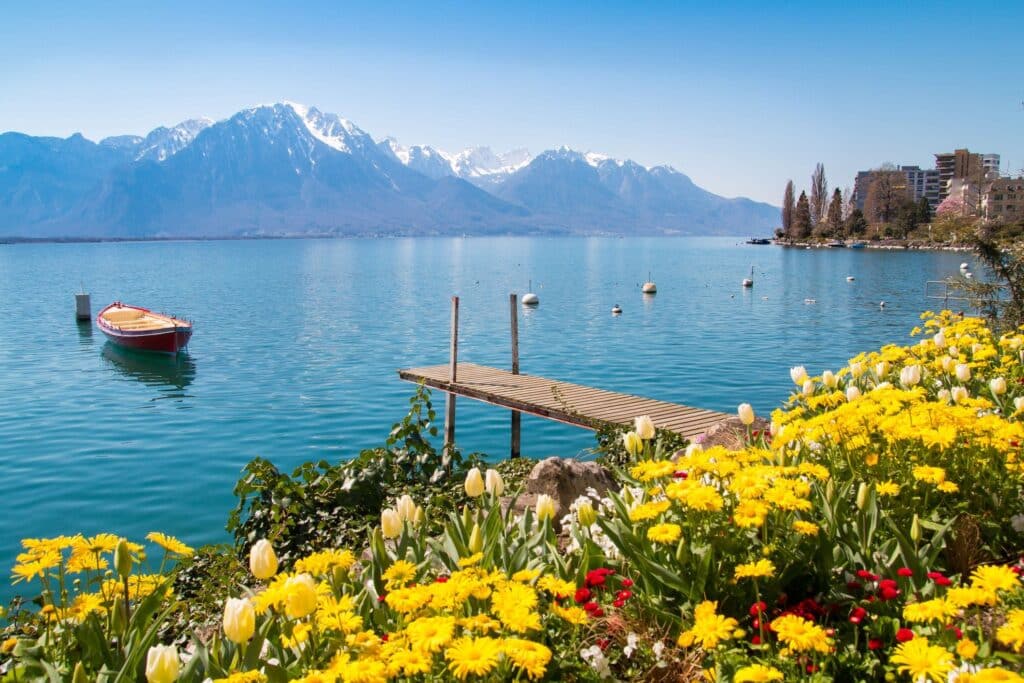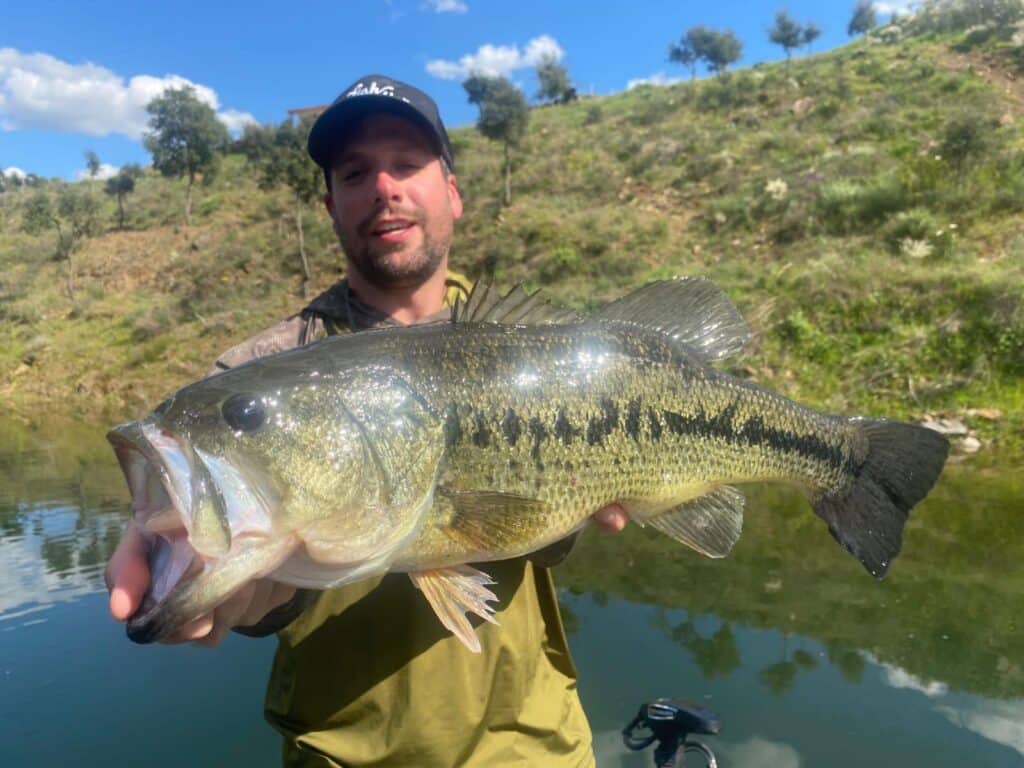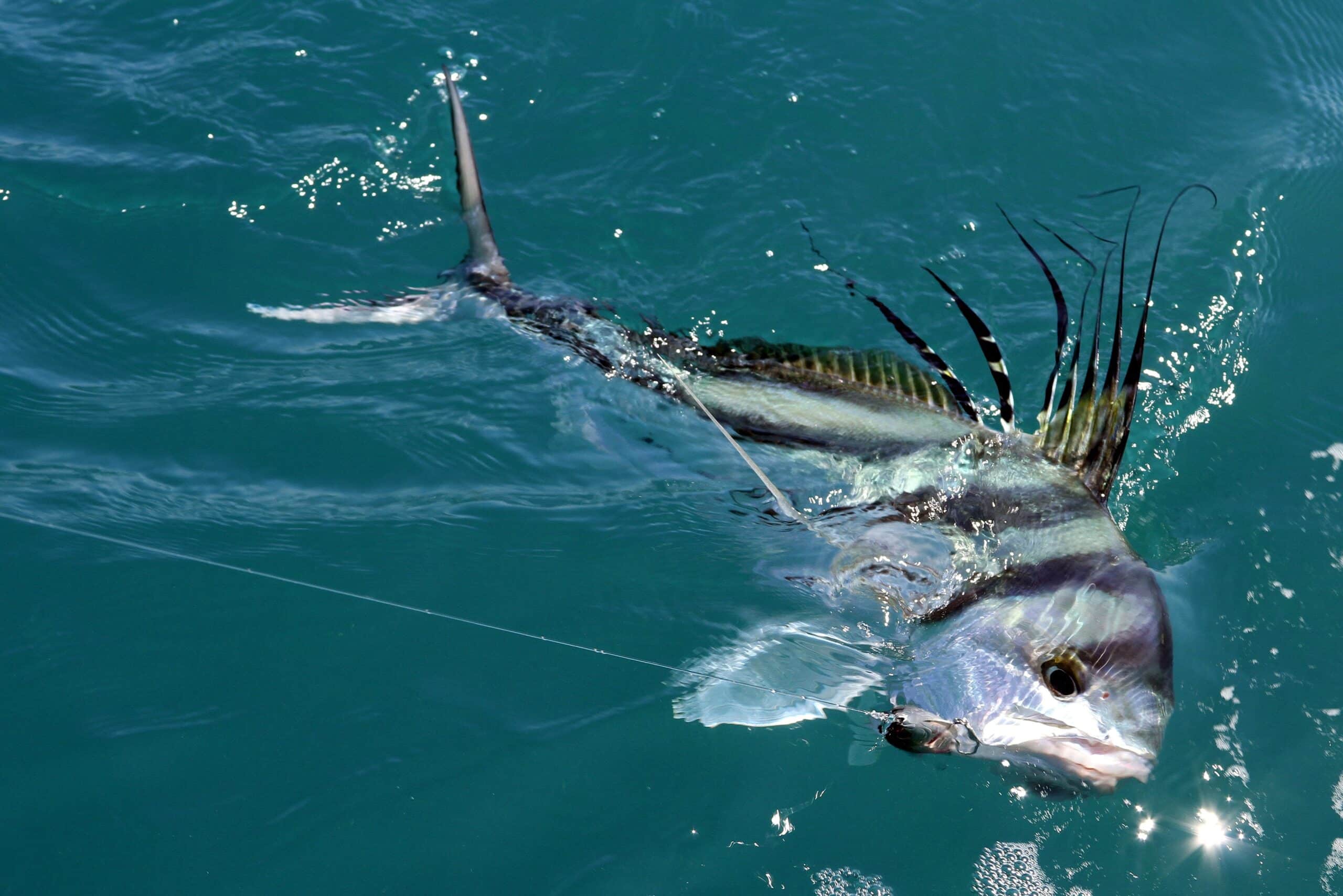
Lush jungle, palm-fringed beaches and turquoise waters, fishing in Costa Rica is the ultimate destination for any angler who enjoys sport fishing and exotic waters. Wedged between the Pacific Ocean and the Caribbean Sea, this small Central American country boasts exceptional marine biodiversity and a coastal landscape that makes for some of the finest fishing, both at sea and in freshwater.
With more than 1,200 kilometres of coastline, rivers teeming with fish and unspoilt wilderness, Costa Rica ticks all the boxes for an ideal holiday destination. fishing trip out of the ordinary. Here, yellowfin tuna chase each other offshore, sailfish slice through the waves at full speed, roosterfish explode at the surface when attacked by a popper, and tarpon shoot out of the dark Caribbean waters like silver torpedoes.
Add to that a tropical climate that's pleasant all year round, a welcoming culture and ubiquitous wildlife... and you have one of the most complete and exotic destinations for a successful fishing holiday.
In this article, we take you on a discovery of Costa Rica's emblematic species, the most effective local techniques and everything you need to know to organise your next fishing adventure in the heart of "pura vida".
Our article in brief:
Costa Rica is one of the most complete destinations for lovers of exotic fishing. Here are the key points to remember:
- Two complementary seaboards The Pacific coast (Golfito, Quepos, etc.) for big game and the Caribbean coast for tarpon and snook.
- Mythical species at your fingertips Yellowfin tuna, sailfish, marlin, dolphinfish, roosterfish and wahoo on the Pacific side; tarpon, snook and sailfish on the Caribbean side.
- Different techniques for different areas popper and stickbait for surface fishing, jigging and livebait fishing for inshore, trolling and big-game fishing for offshore.
- Seasonality to be taken into account December to April for the Pacific coast, June to October for the Caribbean coast.
- Simple logistics These include no visas for short stays, a variety of accommodation, experienced local guides and equipment that is often provided.
- Do not hesitate to rent a car (preferably a 4×4) to explore the best fishing spots and visit Costa Rica in complete freedom.
Emblematic species to catch in Costa Rica
From the Pacific to the Caribbean, Costa Rica is a veritable fishing Noah's Ark. Whether you're into casting, trolling or jigging, you'll find species here that are as powerful as they are spectacular. Focus on the star fish of each seafront.
On the Pacific coast: thrills guaranteed
Costa Rica's Pacific coast - and in particular the Golfito region - offers an exceptional playground for both offshore and inshore fishing. It's one of the few places in the world where you can encounter so many mythical species in a single day.
- Yellowfin tuna Yellowfin tuna: Ultra combative, yellowfin tuna show off their power and speed in fierce battles. Present all year round, but more abundant from June to September, it is often fished by trolling or on the fly.
- Sailfish With peak speeds of over 100 km/h, this sprinter of the seas is the undisputed king of the blue waters of the Pacific. High season: December to April.
- Coryphene (Mahi-Mahi) Flamboyant colours, violent attacks, delicious flesh... The mahi-mahi ticks all the boxes. It frequents floating areas and debris and can be fished effectively by trolling.
- Roosterfish One of the most sought-after fish in inshore fishing. Its dorsal crest and aggressiveness on the surface make it as photogenic as it is formidable.
- Wahoo Wahoo: A sea rocket, the wahoo attacks at very high speed. It is fished mainly by fast trolling, close to drop-offs.
- Marlin (blue, black, striped) The ultimate trophy for sport fishermen. The deep waters of the Costa Rican Pacific are ideal for encounters, particularly between November and April.
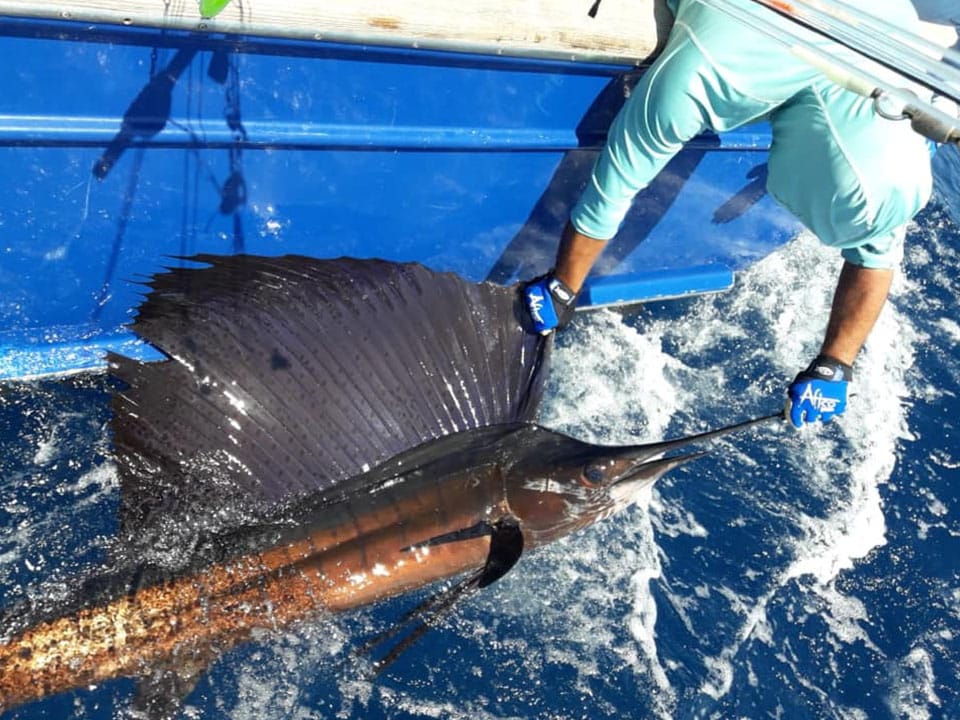
On the Caribbean coast: jungle and silver tarpons
Less frequented than the Pacific coast, the Caribbean coast offers a radically different atmosphere: dense mangroves, mysterious lagoons and spectacular fish.
- Tarpon (Silver King) The undisputed king of the Caribbean. Its leaps out of the water, its weight and its endurance make it a legendary adversary. Best period: June to October.
- Snook As discreet as it is powerful, it often hides close to structures (roots, pontoons, mouthpieces). Ideal for lovers of precision and finesse.
- Sailing swordfish Less common on this coast, but a few specimens sometimes cross the path of adventurous fishermen.
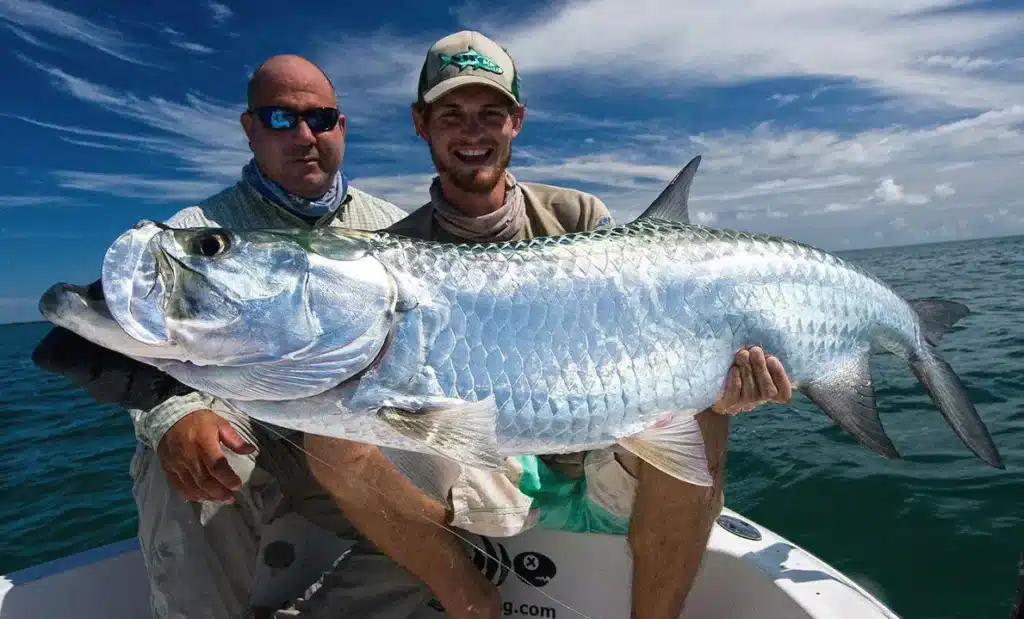
Summary table of fish to catch in Costa Rica
Here is a summary table emblematic species to be caught in Costa Rica, classified by geographical area and optimum period of presence:
| Species | Zone | Type of fishing | Best season | Special features |
|---|---|---|---|---|
| Yellowfin tuna | Pacific coast | Offshore (trolling, hunting) | June to September | Fighting, very present offshore |
| Sailing swordfish | Pacific & Caribbean | Tailboat | December to April (Pacific) | One of the fastest fish in the world |
| Coryphene (Mahi-Mahi) | Pacific coast | Tailboat | All year round (seasonal peaks) | Spectacular attacks, vibrant colours |
| Rooster fish | Pacific coast | Coastal (popper, live) | November to April | Wanted for its explosive surface attacks |
| Wahoo | Pacific coast | Offshore (fast trolling) | November to March | Very fast, violent attacks |
| Marlin (blue, black, striped) | Pacific coast | Hauturière (heavy troll) | November to April | Mythical big game trophy |
| Tarpon | Caribbean coast | Mouths / lagoons (live, fly) | June to October | Powerful jumps, spectacular combat |
| Snook | Caribbean coast | Coastal / mangrove | All year round (best in the rainy season) | Discreet, technical, much appreciated for its finesse |
Fishing techniques and equipment: adapting to the riches of Costa Rica
With its varied marine landscapes, powerful species and clear waters, Costa Rica offers the perfect playground for experimenting with different fishing techniques, whether from the coast, estuaries or the open sea.
Inshore fishing: surface action and precision
Whether aboard a panga or from a small coastal boat, inshore fishing allows you to target highly sporting species such as the rooster fish, the snook or the dolphinfishoften in less than 30 metres of water.
- Surface fishing with popper or stickbait This highly visual approach is ideal for exciting predators on the hunt, particularly roosterfish. Surface attack guaranteed.
- Jigging (vertical) For prospecting on drop-offs and shelves, particularly in search of wahoosor snapper. Extremely effective.
- Live fishing Classic but effective, especially for snook or roosterfish in mouth or reef areas.
- Light train : A sure bet for exploring wide around rocky heads or spotting small tuna and dolphinfish.
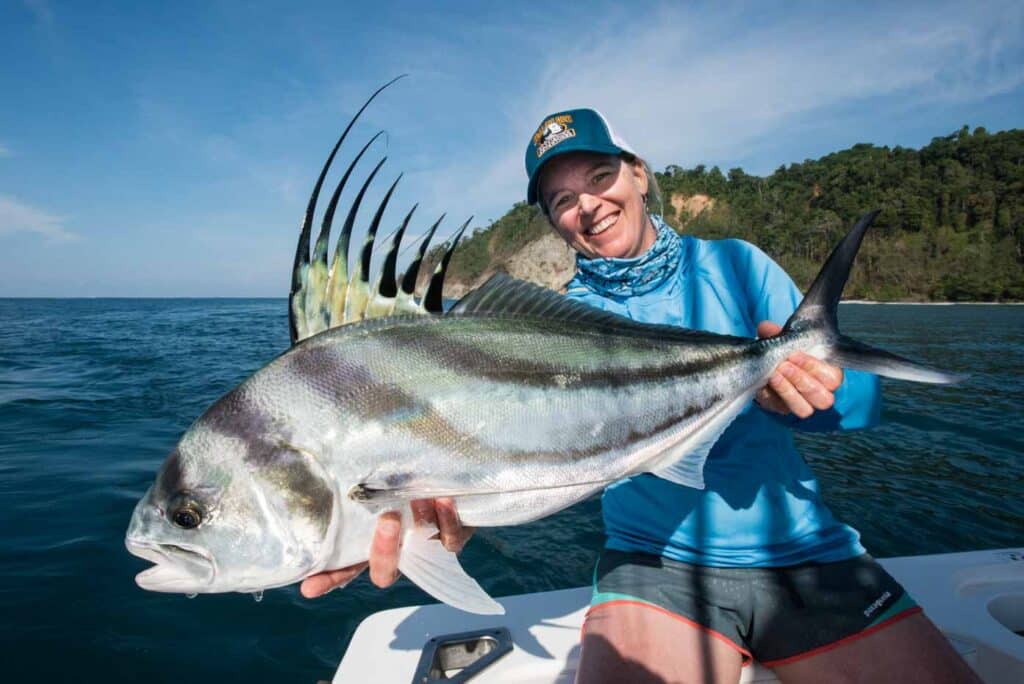
Deep-sea fishing: the realm of the big game
Going out to sea means meeting the giants: marlin, yellowfin tuna, swordfish sailboat. Here, fishing takes on a whole new dimension.
- Big-game fishing Powerful rods, rotating drum reels, combat harnesses... everything is designed to withstand the violent rushes of tuna or the spectacular jumps of marlin.
- Heavy trolling Lures: Mainly used to cover large areas, this method relies on a variety of lures (teasers, skirts, natural baits such as bonito or squid).
- Active hunting Yellowfin tuna can sometimes be approached on sight. A good pair of binoculars, an attentive pilot and good coordination on board can make all the difference.
Good to know: most local guides offer top-of-the-range equipment (Shimano, Penn, Daiwa...), but demanding anglers may prefer to bring their own rods and lures.
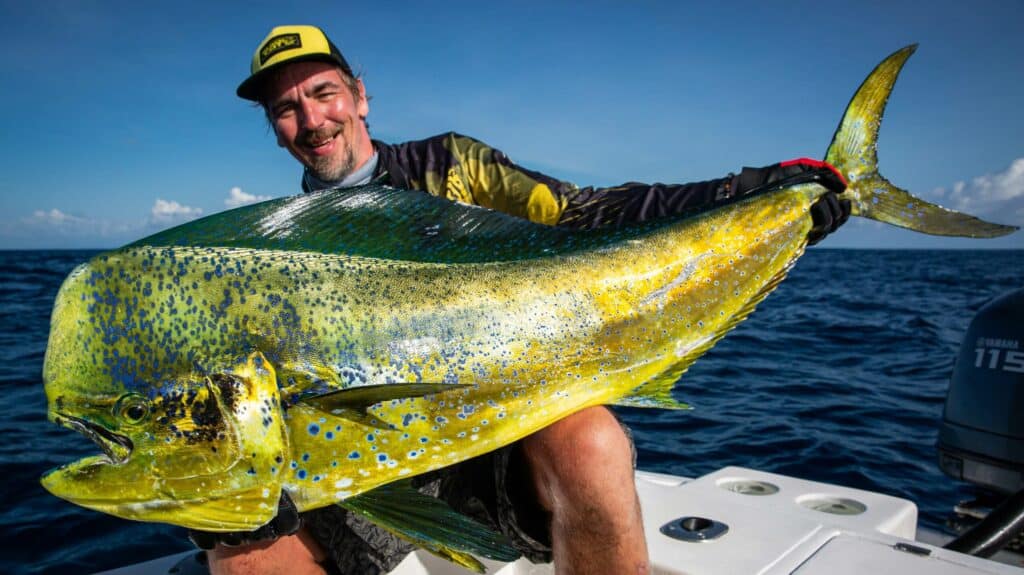
Organising your trip: budget, logistics and practical advice
Going fishing in Costa Rica is an exceptional fishing adventure... but you also need to think carefully about the logistics to make the most of the experience. Here's everything you need to know to prepare for your trip with peace of mind.
Entry formalities and practical information
There are no complicated formalities for French travellers. passport valid for at least 6 months after the date of arrival That's enough. No visa is not required for stays of less than 90 days. The time difference is -7 hours in winter and -8 hours in summer.
In terms of climate, the country is divided into two main seasons:
- December to April (dry season): ideal for Pacific coastwith perfect conditions for deep-sea fishing.
- June to October more favourable period on the Caribbeanalthough wetter. Watch out for showers, which may be intense in some areas.
Getting around easily: hire a car
To make the most of the sometimes isolated fishing spots, we strongly recommend that you visit Costa Rica by hiring a car locally. A 4×4 is often essential to access remote coastal areas or lodges nestling in the jungle. For this, we recommend the rental company https://www.jumbocar-costarica.com/ which we have already been through and which has never failed us.
Average budget
- Return flight France - San José Between €700 and €1,100 depending on the season.
- Hosting From €40/night in backpacker mode to €150 and more in a comfortable lodge.
- Guided fishing trips :
- Inshore fishing: €300 to €450/day.
- Offshore: between €500 and €900/day depending on the type of boat and equipment.
To this must be added meals, car hire, tips (much appreciated) and, if necessary, travel insurance covering sporting activities.


